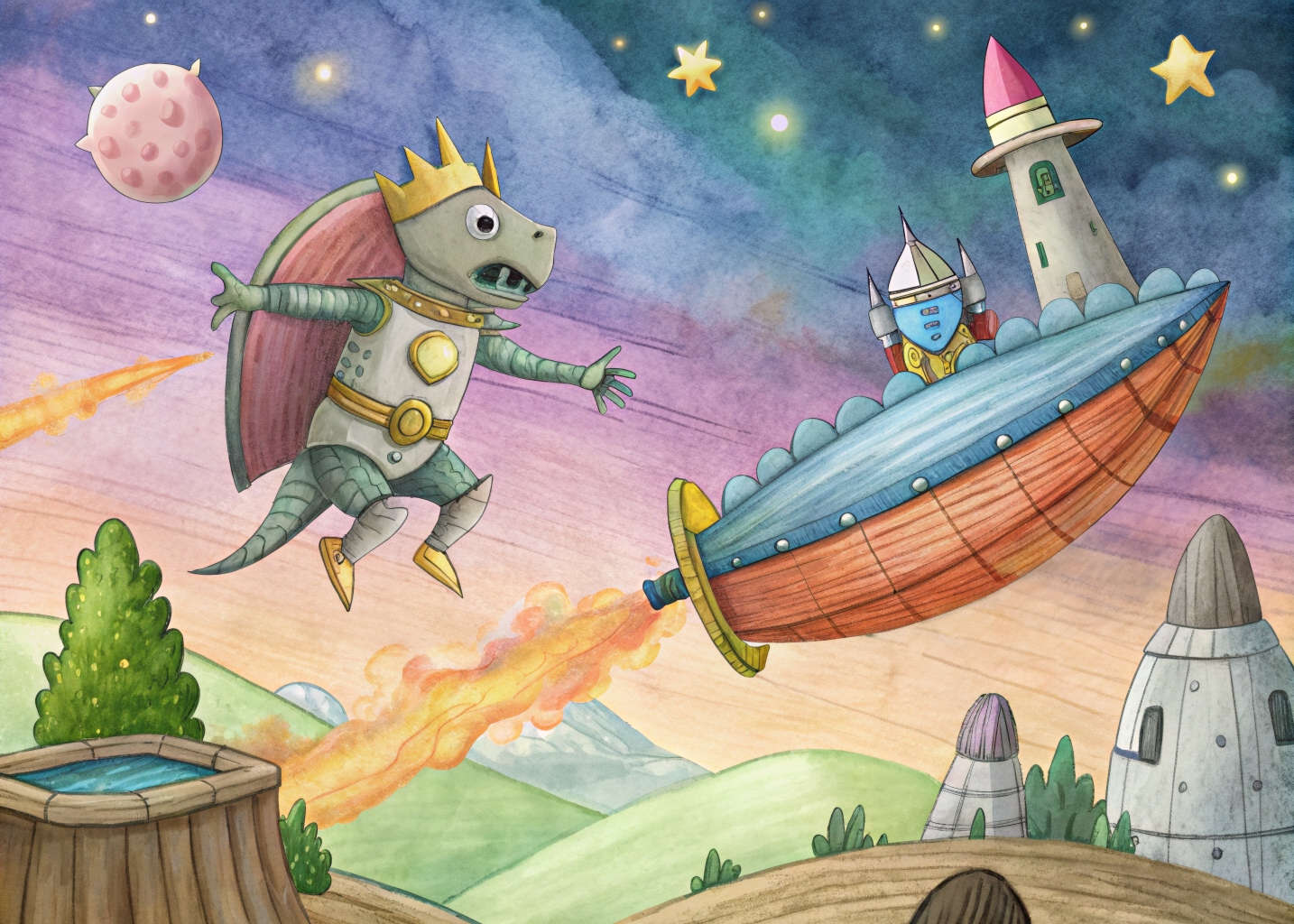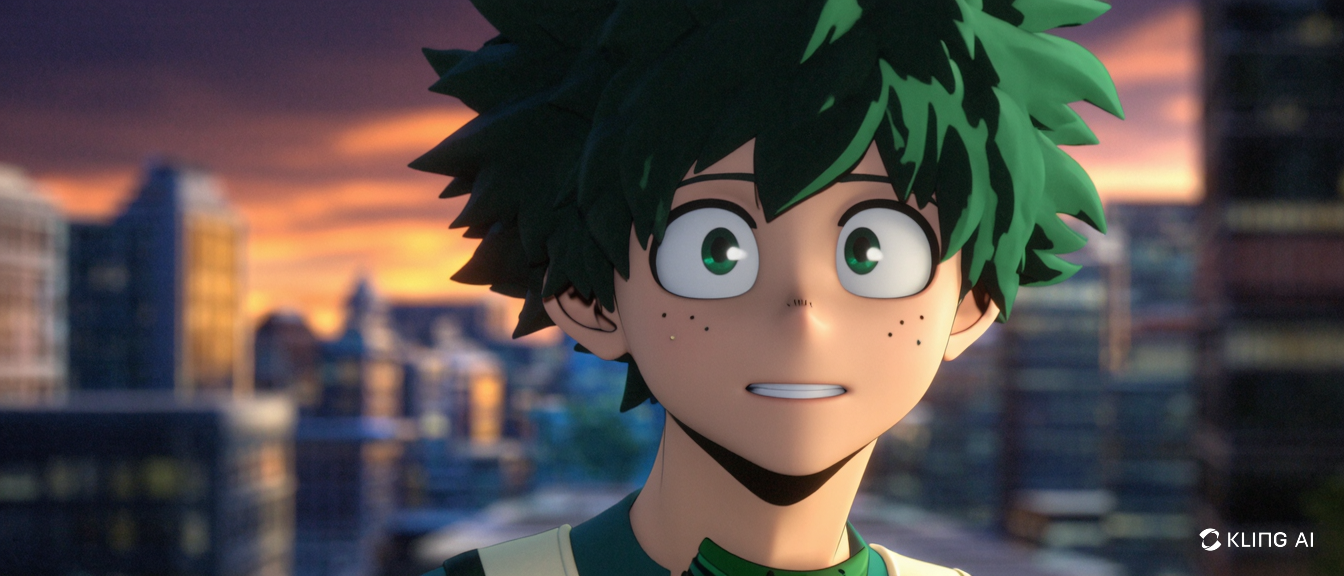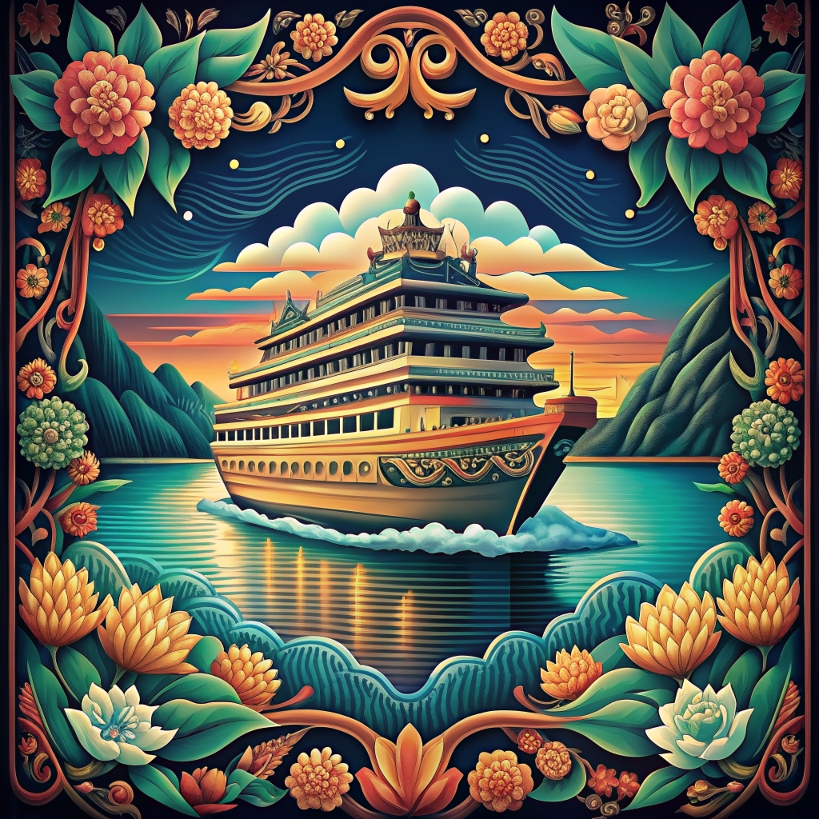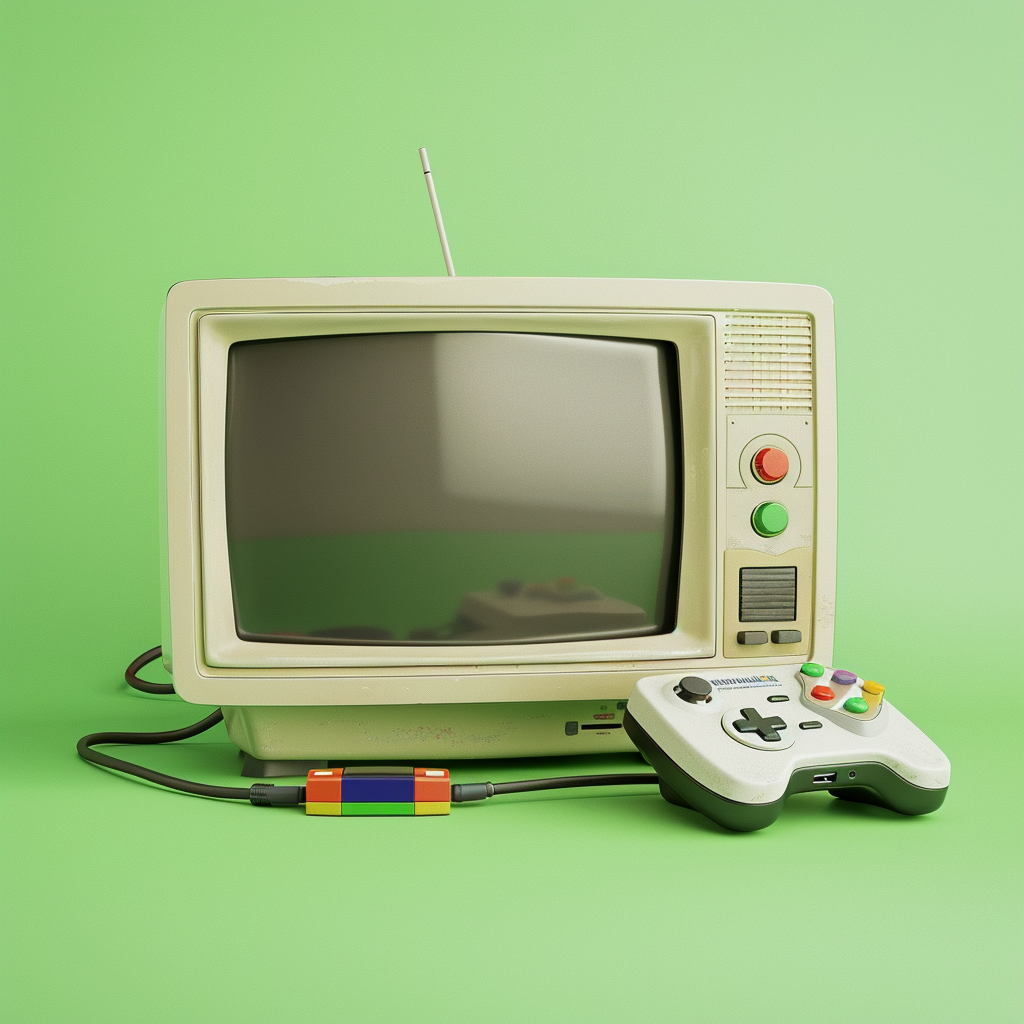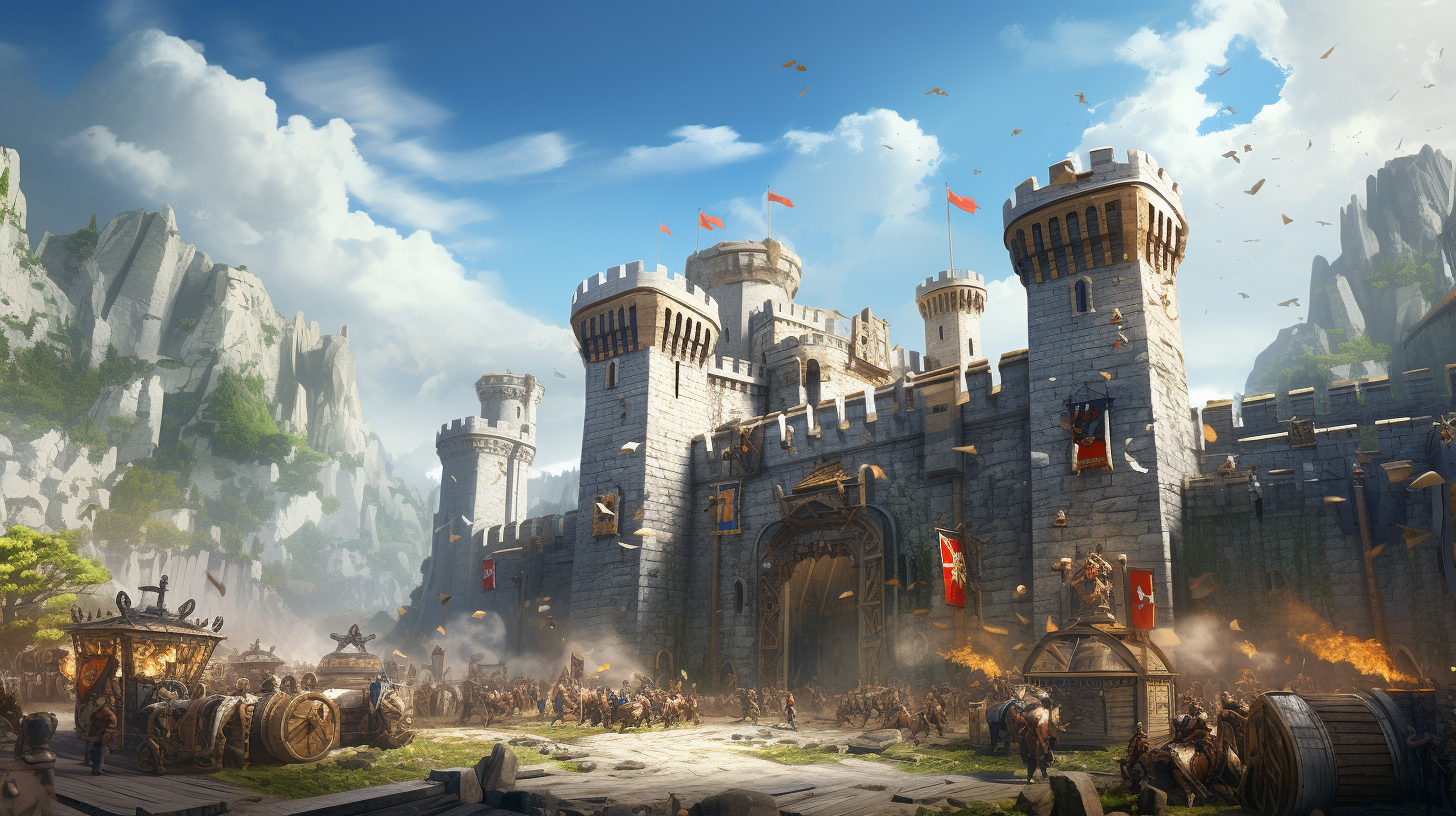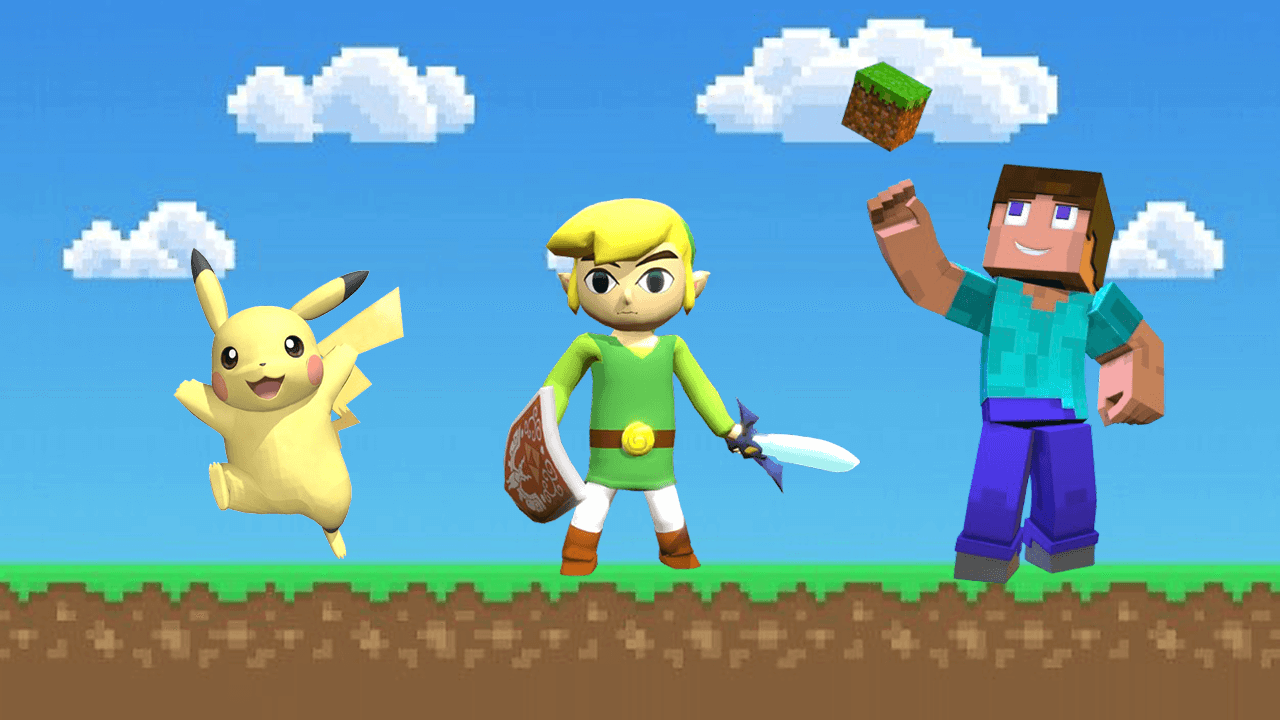Video games have come a long way, and one of the main reasons is the improvement in animation tools. These tools help game developers create more detailed and realistic animations, making games more immersive and enjoyable. Let’s look at how these tools have changed game development and made it better.
The Early Days of Game Animation
| 1980s | Game animations were simple 2D sprites, like flat pictures that moved around on the screen. Each frame had to be drawn by hand, making the process slow and limiting animation complexity. |
|---|---|
| 1990s | Introduction of 3D modeling software like 3D Studio Max and Maya allowed for more lifelike 3D animations. Characters in games like “Tomb Raider” began to move in more realistic ways. |
Modern Animation Tools
Today, the tools for creating game animations are more powerful and easier to use. Here are some popular ones:
| Tool | Features |
|---|---|
| Blender | – Character Rigging: Creating a skeleton for a 3D character so it can move.
– Facial Animation: Making characters’ facial expressions look real. |
| Unity | – Character Rigging: Creating a skeleton for a 3D character so it can move.
– Procedural Animation: Using algorithms to create movements in real-time. |
| Unreal Engine | – Character Rigging: Creating a skeleton for a 3D character so it can move.
– Motion Capture (Mocap): Capturing real human movements and applying them to game characters. |
| Autodesk Maya | – Character Rigging: Creating a skeleton for a 3D character so it can move.
– Facial Animation: Making characters’ facial expressions look real. – Motion Capture (Mocap): Capturing real human movements and applying them to game characters. |
Real-Life Examples of Advanced Animation
Advanced animation techniques have been pivotal in creating memorable gaming experiences:
- Spider-Man: The fluid movements make swinging through the city feel exciting and believable. Players in “Spider-Man” games feel like they’re truly web-slinging through New York City.
- God of War: Detailed animations convey emotions and relationships, enhancing storytelling. In “God of War,” Kratos’ movements and expressions add depth to his character and the game’s narrative.
- The Legend of Zelda: Breath of the Wild: Smooth and responsive movements and interactions with the environment immerse players in the vast world of Hyrule. Link’s animations in “Breath of the Wild” make exploring the game’s open world feel seamless and natural.
Game Animation Styles
Realistic Animation: This style makes things in games move and act just like they would in real life. Characters walk, run, and jump in a way that feels natural. It’s great for games where you want to feel like you’re really there, like action games or ones with emotional stories. Examples include “FIFA” for realistic sports action and “The Last of Us” for emotional storytelling.
Stylized Animation: Stylized animation is all about making things look cool and unique. Characters might move in exaggerated ways or have bright colors and funky designs. It’s often seen in games where creativity is key, like platformers or adventure games. Games like “Cuphead” and “The Legend of Zelda: Breath of the Wild” showcase this style with their distinct and eye-catching visuals.
Cartoonish Animation: This style is like watching a funny cartoon come to life. Characters might do silly things and have exaggerated expressions. It’s perfect for games that want to make you laugh or feel happy, like family games or ones for parties. Examples include the “Mario” series for its lighthearted and whimsical animation and “Rayman Legends” for its colorful and playful characters.
Pixel Art Animation: Pixel art animation is all about bringing back that old-school vibe from classic games. Everything looks simple but charming, with characters made of tiny squares. It’s popular in indie games or ones that want to give you a nostalgic feeling. Games like “Stardew Valley” and “Celeste” use pixel art animation to create retro-inspired worlds full of charm and personality.
Experimental Animation: This style is like going on a wild adventure where anything can happen. Developers get creative with how things look and move, sometimes making things abstract or weird. It’s often found in games that want to surprise you or make you think differently about what games can be. Examples include “Journey” for its abstract and atmospheric world and “Bound” for its artistic and thought-provoking animation.
In short, game animation styles offer a variety of ways to bring games to life, whether it’s by making them feel real, look cool, or just put a smile on your face. Each style adds its own special flavor to the gaming world, giving players a diverse range of experiences to enjoy.
Making Development Faster and Easier
Animation tools don’t just make games look better; they also help developers work faster and smarter by:
Using Templates and Ready-to-Use Stuff
Instead of starting from scratch, developers can grab ready-made animations, characters, and environments from libraries. It’s like having a box of Lego pieces—just pick what you need and put them together. For example, if someone wants to make a game with dragons, they can find pre-made dragons to use. This saves a lot of time and makes game-making less stressful.
Doing Things Automatically
New tools can do repetitive tasks for developers, like setting up the movements of characters. It’s like having a helper who can do the boring stuff for you. For example, instead of spending hours setting up how a character moves, a tool can do it quickly with just a few clicks. This means developers can spend more time making the game fun and less time on technical stuff.
Collaboration and Community
Animation tools also make it easier for game developers to work together and learn from each other:
- Open Source and Sharing: Tools like Blender are open source, encouraging a large community of developers who share tips, tutorials, and assets. This collaborative environment fosters innovation and knowledge-sharing.
- Integrated Workflows: Tools are often designed to work together seamlessly, helping teams collaborate more effectively. For example, assets created in Blender can be easily imported into Unreal Engine, ensuring a smooth workflow for developers.
Future Trends in Animation Tools
The future looks bright with several exciting trends:
- AI-Driven Animation: Artificial intelligence can help automate animation tasks, reducing the workload for developers and allowing for more creativity.
- Virtual and Augmented Reality (VR and AR): Require very realistic animations for believable experiences. As VR and AR technology advances, animation tools will play a crucial role in creating immersive virtual worlds.
- Procedural and Generative Animation: Getting better, allowing for dynamic content creation. Procedural animation techniques will continue to evolve, offering developers new ways to create realistic and responsive animations.
- Real-Time Animation: Tools like Unreal Engine’s MetaHuman Creator allow for quick creation of high-quality animations. Real-time animation will become increasingly important as developers seek to create more interactive and engaging experiences.
All in All
Animation tools have dramatically changed game development, making it possible to create more detailed and realistic animations. From character rigging to motion capture and procedural animation, these tools have improved how games look and feel. As technology continues to advance, we can expect even more immersive and engaging games in the future.
Ready to level up your game development? Contact eJaw today and let’s bring your gaming ideas to life! Whether you’re a seasoned developer or just starting out, our team is here to help you create immersive and engaging gaming wolrds. Reach out to us now and let’s turn your vision into reality!


